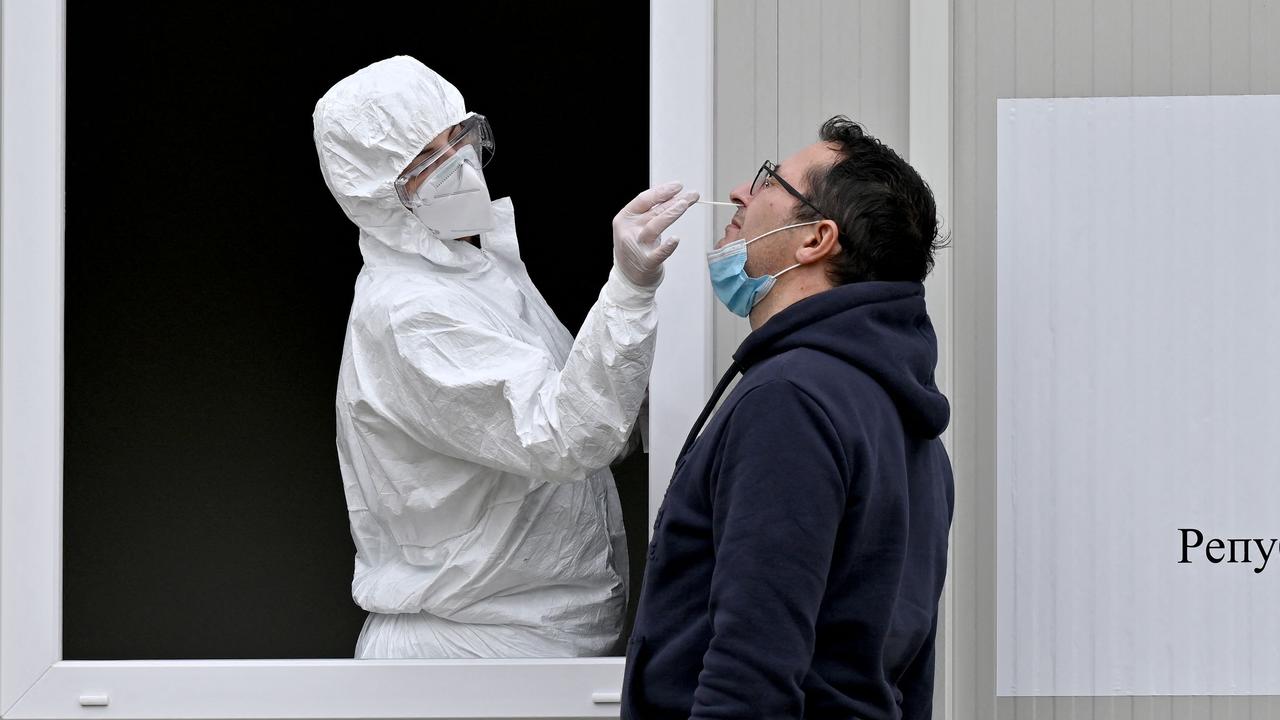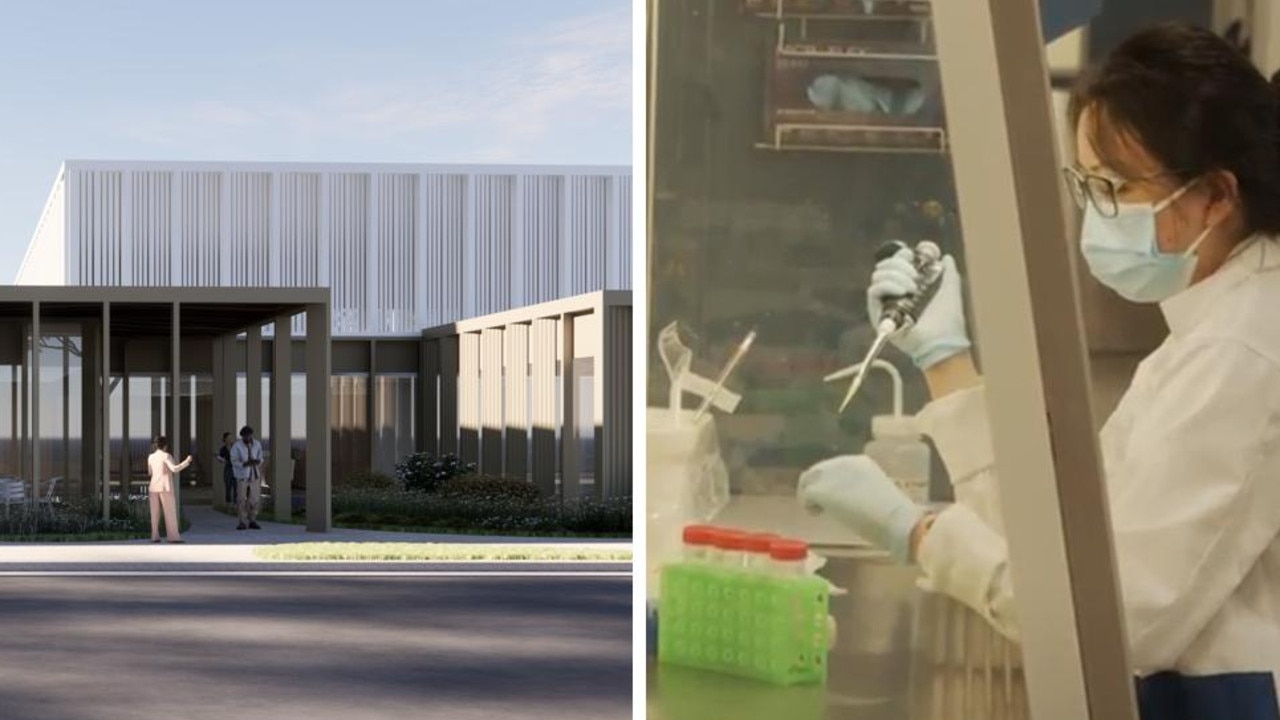Covid-19: The vaccine graph that embarrasses Australia
A sobering graph shows just how much Australia’s vaccine rollout pales in comparison to other nations.
Coronavirus
Don't miss out on the headlines from Coronavirus. Followed categories will be added to My News.
Australia’s vaccine rollout is trailing much of the developed world as the federal government battles to get the program back on track
A graph comparing Australia to the world shows just under five per cent of our population is fully vaccinated against Covid-19, which pales in comparison to other developed nations such as Israel where almost 60 per cent of the population has received a full course; the UK (48 per cent); the US (46 per cent); and Germany (35 per cent).
Back in March, Prime Minister Scott Morrison said it was “not a race” when quizzed about the slow pace of the vaccine rollout. Indeed, Australia had avoided the tragically high Covid-19 case numbers and death tolls seen in many parts of the world.
But with close to half of Australia’s population now in lockdown after outbreaks of the highly contagious Delta variant, there is renewed focus on the vaccine rollout in the hope its success could help return us to a life we once knew.
It begs the question why it is taking Australia so long to get jabs into people’s arms.
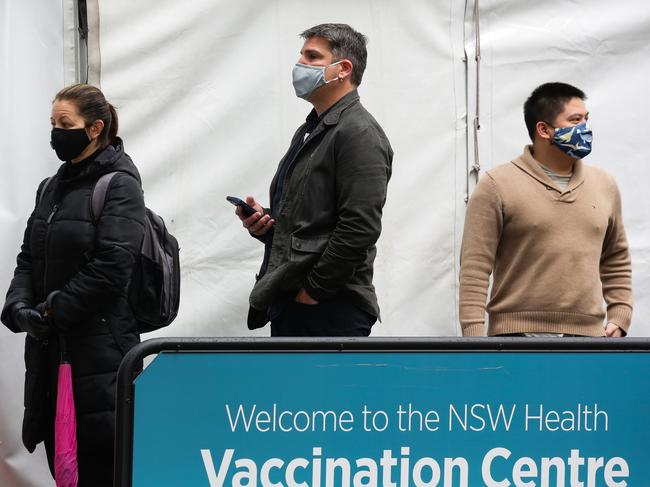
The rollout began in late February, and the federal government’s goal was to have Australians fully vaccinated by October – a target it has since abandoned.
The AstraZeneca and Pfizer vaccines have been approved for use by the nation’s medicine’s watchdog.
The government had relied heavily on AstraZeneca, having even established domestic manufacturing for the jab.
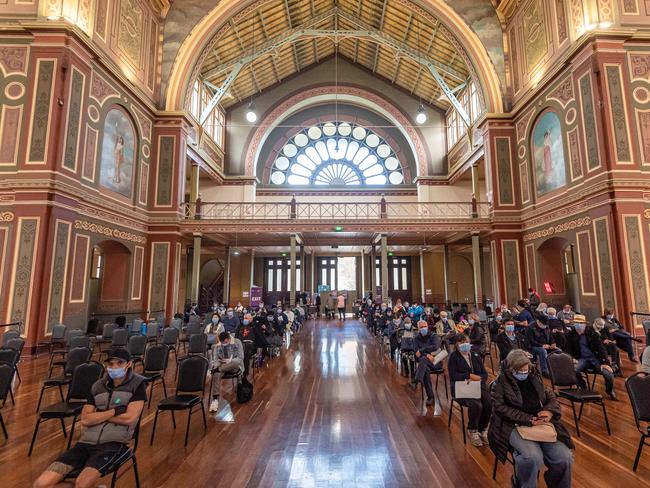
But the Australian Technical Advisory Group on Immunisation now recommends the AZ to those aged over 60 because of issues around a rare blood clotting disorder associated with the jab. This has placed additional pressure on Pfizer stockpiles.
Early in the piece, there were also issues with getting AstraZeneca doses out of Europe. In March, the European Commission blocked the shipment of 250,000 doses to Australia, arguing Europe’s large number of Covid infections and deaths meant its need was greater.
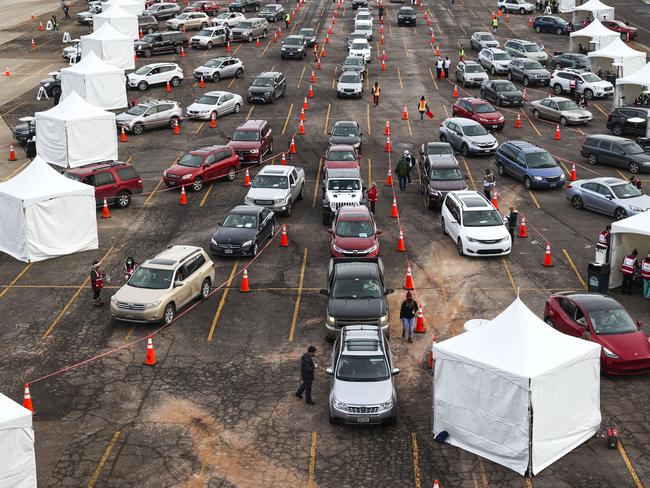
Australia was also slow to set up mass vaccination centres. While some states have now established these, the UK opened seven of them one month into its vaccination rollout.
In the US, where the program also started in December, the federal government opened its first mass jab centre in February, but some state-run facilities, including drive-through clinics, had opened earlier.
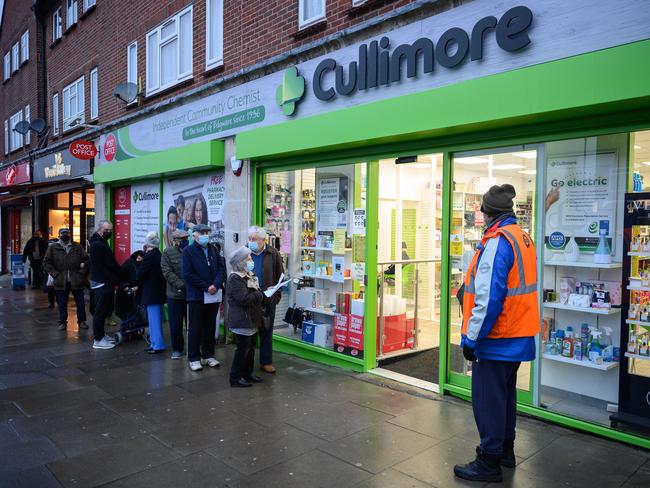
On Wednesday, it was revealed that pharmacies across Australia would help in getting Covid-19 jabs into arms.
Forty nine pharmacies in regional Queensland have administered the vaccines since June 7. But, according to The Australian, the program will grow to include the Northern Territory and Western Australia from July 12 and then NSW, Victoria, and South Australia a week later.
In both the UK and US, pharmacies joined the rollout efforts in January and February respectively.
There are signs Australia’s rollout will improve.
Federal Health Minister Greg Hunt said in May that Pfizer vaccines would arrive at consistent levels from the end of June, which meant “an available pool of 2m doses [a week] for 13 weeks in the final quarter of 2021”.
And the Moderna and Novavax vaccines are expected to become available in the second half of 2021.
More Coverage
Read related topics:Explainers



